A timeline of deep-space comet encounters
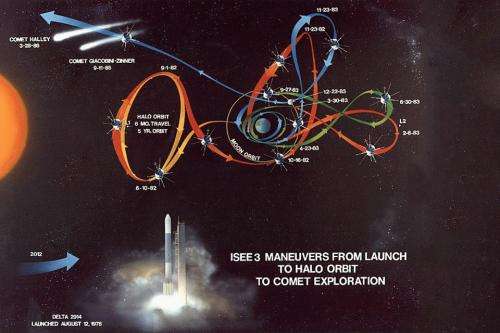
12th November 2014. That is the date in which Rosetta, led by the European Space Agency, will release its lander Philae to touchdown on Comet 67P/Churyumov-Gerasimenko in outer space.
The Open University is one of several partners involved in this extraordinary space mission, and Professor Ian Wright leads a team of researchers that have designed Ptolemy, an instrument capable of performing isotopic measurements on the comet's surface.
The mission has been over 10 years in the making after Rosetta set off on its journey in March 2004. After being awoken from hibernation in January 2014, the spacecraft arrived at the comet in August, in preparation for this month's rendezvous.
Ahead of next week's landing, a stunning selection of images have been retrieved from the online archives that shows just how close space missions have come to comets in the past.
1985: International Cometary Explorer ('ICE')
The 'ICE' spacecraft was the first to fly past a comet in 1985, and later went on to join the international exploration of Halley's Comet.
ICE passed through comet Giacobini-Zinner within 7,800km of the nucleus on Sept 11, 1985.
1986: The 'Halley Armada'
In 1986 - dubbed the "Year of the Comet" - several international space probes were sent to examine Halley's Comet as part of the 'Halley Armada'. These included two Russian spacecraft (Vega 1 and 2), two Japanese (Sagigake and Suisei), and one from the European Space Agency (Giotto).

Vega 1 was the vanguard of the international fleet, and began formal studies on 4th March 1986, approaching within a distance of 8,889 km to Halley's Comet.

Vega 2, the twin of Vega 1, first encountered Halley's Comet on 7th March 1986 from a distance of 14million km, taking photos from a safer distance.

Suisei, developed by the Japanese Aerospace Exploration Agency, encountered Halley's Comet on 8th March 1986, within a distance of 151,000km.

Sakigake, nearly identical to Suisei, was sent on a long-range encounter with Halley, and made its closest approach on 11th March 1986 at 6.9million km.

Giotto, the ESA's first deep-space mission, made the closest approach to the comet, flying within just 600km of Halley and provided groundbreaking data and images.
2001: Deep Space 1
In 2001, NASA's Deep Space 1 spacecraft made a close encounter with Comet Borrelly, after an extended mission that had an original goal of testing innovative technologies for future use.
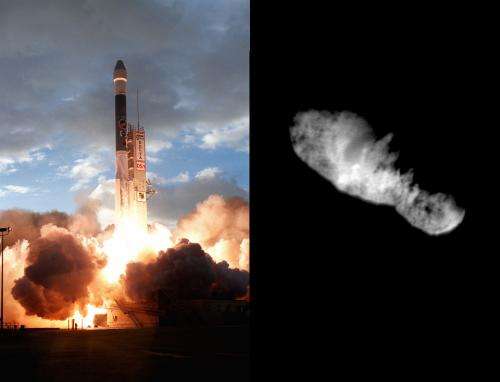
On 22nd September 2001, Deep Space 1 passed within 2,200km of Comet Borrelly to obtain high quality pictures and infrared spectra of the nucleus.
2004: Stardust
In 2004, NASA's Stardust spacecraft completed a first of its kind, by successfully collecting dust samples from comet Wild 2, along with samples of cosmic dust, and successfully delivering them back to Earth in a return capsule in 2006.
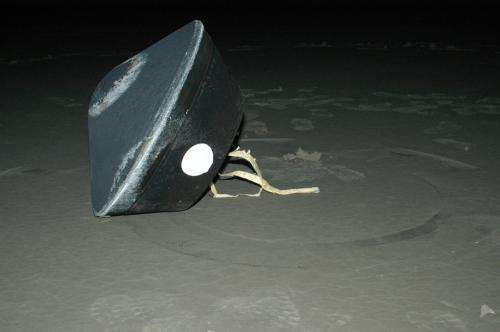
Stardust flew within 240km of comet Wild 2 in order to collect samples and capture detailed imagery, on 2nd January 2004.
2005: Deep Impact
The 2005 Deep Impact mission was the first to directly impact a comet's surface. Previous missions to comets had been flybys to study from a distance, however Deep Impact was developed to study the interior composition of Comet Tempel 1.
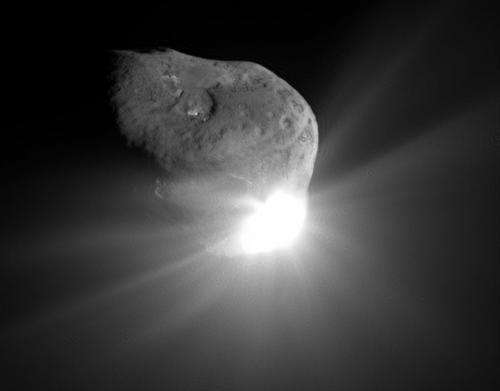
On 3rd July 2005, Deep Impact released an 'impactor' spacecraft into the path of the comet. The impactor collided with the nucleus of Comet Tempel 1, producing a bright light, along with debris and dust, providing new information about how a comet is formed.
2010: EPOXI
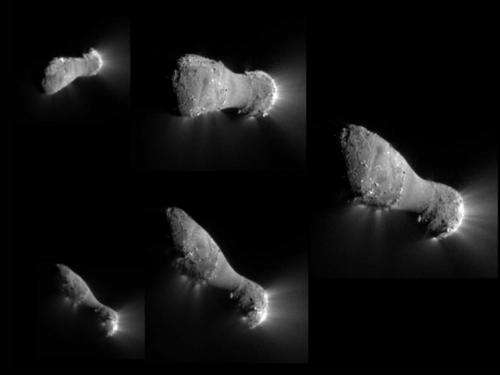
Following the successful Deep Impact mission, the spacecraft was still fit to fly, and a new mission - EPOXI - was formed to flyby Comet Hartley 2.
The closest approach was made on 4th November 2010, passing within 694km of Hartley 2, and is the only such hyperactive comet visited by a spacecraft.
2011: Stardust (NExT)
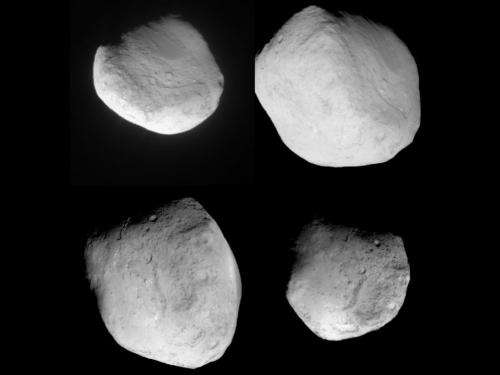
Following Stardust's 2004 mission to Wild 2, the spacecraft went on an extended mission - NExT - and in February 2011 incepted comet Tempel 1, previously visited by Deep Impact in 2005.
Stardust completed a successful flyby of Tempel 1 on 14th February 2011, after the spacecraft's approach of just 181km from the comet.
2014: Rosetta
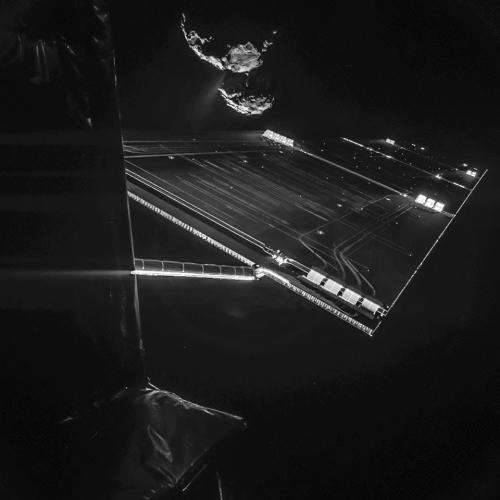
Having already performed flyby missions, the world now eagerly awaits the 12th November, as Rosetta prepares to send its lander to Comet 67P/Churyumov–Gerasimenko. Natalie Starkey, a Research Associate at The Open University, this week described it as the "greatest space mission of our lifetime" as the date edges closer.
There will undoubtedly be stunning high quality images retrieved from the continued Rosetta mission, and as Philae makes a touchdown on the comet's surface, however in the meantime we have some wonderful photographs already returned to Earth.
More information: The story is courtesy of The Open University. The original article can be found at www.openuniversity.edu/news/ne … ace-comet-encounters .
Provided by The Open University





















